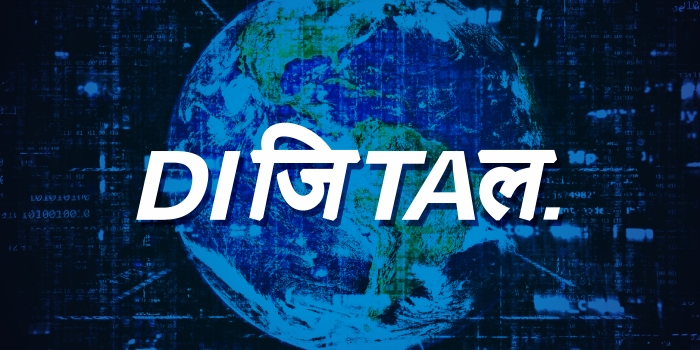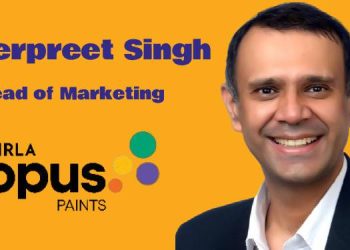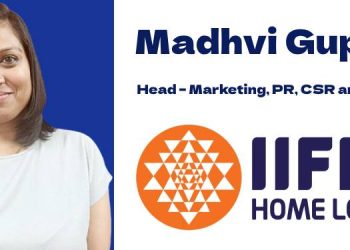We have heard about Hindi TV and print ads sounding inappropriate when translated into other Indian languages.
We also know of an era when the creative idea was conceptualised in English and was later adapted for Indian languages, starting with Hindi.
Now there is an allegation – heard on social media – that the digital space is led by English copywriting, the result of which is then translated into Hindi. We asked a slew of active digital practitioners if this was true.
Plan correctly…

I think that’s a fair assumption. However, if planned correctly, appropriate regional language or local language-first campaigns can be executed well. If a campaign is planned to have local or Hindi content at the outset, the thinking can be done in that direction. The challenge probably occurs when the Hindi or local language execution is an afterthought.
– Suhail Bajaj, Partner, Bright Brain Digital
Can lose essence…

It’s based on where the idea stems from. Many a times English copywriting is used and then translated into regional languages but if the agency has resources that understand the brief in the native language, the task becomes fairly simple.
Translating from English to regional languages has its own challenge and in my opinion if not done with due diligence can lose the essence of what we’re trying to convey.
– Surej Salim, Founder, Digitally inspired media
Google to the rescue…
Although we haven’t worked for local sites, what we do in the international space is use some Google codes based on location, which convert content into the respective language appropriately using their AI.
– Jafar Sadiq, SEO Specialist at SmartKarrot Inc.
Develop regional language talent…

This is largely true across the board. Most agencies hardly have regional language copywriters. Neither are most copywriters well versed even with one regional language. Most of the translations are done via automated online translators like Google. This practice needs to be discouraged as the message literally gets lost in such translations. Brands addressing the audience in the tier 2 markets or rural markets suffer the most. Given that regional is the way to go (akin to what happened to mainline advertising in the late ‘80s & early ‘90s) agencies need to focus more energies on developing regional language talent.
– Nikkhil Pohaykar, Creative Consultant, Overheard Communications.
False… Hinglish is in!

No, this is not true. In fact, today, the economic boom in the country has given birth to ‘Hinglish’. It is one of the world’s most potent Anglo-hybrids, and it is often characterised as the key to advertising success in India. Companies without a fundamental understanding of Hindi words risk missing potential gaps in the Indian market. To succeed in modern India in the digital era, Hinglish has to be the language of choice. It is the language that the Indian customer is most receptive to, especially the younger generation. People are not just mixing Hindi and English words anymore, they are creatively, actively and energetically reinventing them instead.
– Aanchal Arora, Founder and Managing Director, 1702 digital
Small vs big…

Large agencies be it traditional or digital do not face this issue as they can easily afford many regional language copywriters and regional translation experts. But sometimes smaller ones can’t afford them, hence this.Mostly they get it checked by their peers who speak that language. Now we all know speaking and translating are two different things, as not everybody is a language expert. Secondly, small digital agencies use Google Translate which also kills the meaning as it works by word instead of capturing the true essence of that full sentence.
– Subhobroto Chakroborty, Founder & CEO, TheDigitalFellow
Consumer demand is towards Hiinglish…
Language in the world of advertising is defined by the brand’s tonality and consumer appetite. I think consumer demand is more towards Hinglish as opposed to English or Hindi. We are living in the era of netizens. People need snackable content. Thumb-stoppers are what they crave for. And advertising is not about making people aware of your brand anymore. It is to drive consumers to your store and make them engage with, buy, and consume your products and services.
– Harsh S, Co-founder & CEO, Auburn Digital Solutions

















